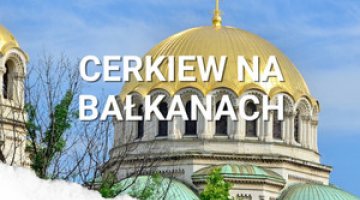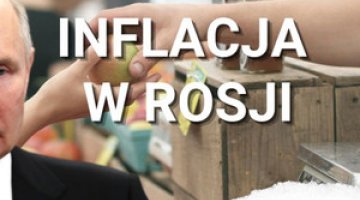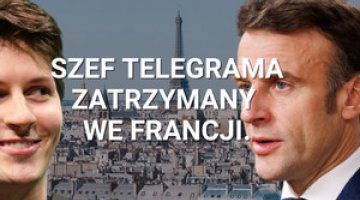Government expenditure in Russia increases despite the crisis
The governmental draft amendment to the budget for 2016 was submitted to parliament on 10 October. The amendment reduces the average oil barrel price, on which the budget is based, to US$40/bbl. As a consequence, the planned budget revenue will be reduced by 370 billion roubles to 13.4 trillion roubles. At the same time, the government has suggested increasing the level of spending by 304 billion roubles to 16.4 trillion roubles. Expenditure in the classified part of the budget (around 70% of this spending will be allocated to the defence sector) are to increase by 679 billion roubles, and unclassified expenditure will be reduced by 374 billion roubles. The cuts will be made in most areas, including: investments, the health service and education. The money saved this way has been partly redirected, for example, to welfare policy (177 billion roubles). As a consequence, the share of the classified part of the budget in total budget spending will increase to 22.3% (from 20% in 2015). The budget deficit will also grow to 3 trillion roubles (around US$45 billion), i.e. 3.66% of GDP. The budget gap will be financed from such sources as loans on the domestic market, money from the Reserve Fund and revenue from the privatisations of Rosneft and Bashneft.
Commentary
- Regardless of the difficult economic situation, the Kremlin has been able to maintain the political priorities it previously set — focusing on a further militarisation of the country, while ensuring social stability (these goals account in aggregate account for around 60% of budget spending). The economic policy has been subordinated to these priorities, one proof of which is seen in falling investments and outlays on human capital development (the health service and education). The decision to increase the budget deficit means the need for a more intense use of financial reserves. At the end of 2016, only US$17 billion (as compared to US$50 billion in January 2016) will remain in the Reserve Fund, and US$72 billion will be left in the National Welfare Fund.
- The increase in classified budget expenses is a constant tendency observed in Russian public finances – their share in total expenses had doubled since 2009. The expenses had to be increased due to the escalating needs of the army and secret services, including the operation in Syria, the army rearmament programme and the establishment of the National Guard. The increased classified expenses will be allocated for such purposes as loan guarantees for the arms industry, and this will offer essential support to this sector, which is feeling the consequences of the economic crisis.
- The proposal to increase the spending on defence during a continuing economic crisis (according to forecasts, GDP will fall by around 1% in 2016) has also been used in the Kremlin’s propaganda. The government is suggesting more and more strongly in the media that there is a growing threat to Russia’s security, and on the other hand it is trying to demonstrate to the West that Russia has sufficient means to continue its existing domestic and foreign policy.
- The proposal to increase government spending means that the Ministry of Finance, which had opted for cutting expenses, has capitulated to the law enforcement lobby. This is also proof of the weakening position of the Ministry of Finance in the government system. The increase in expenses in 2016 is in contrast with the draft budget for 2017-2019 developed by the ministry, which provides for expenses on all sectors to be frozen for three years on the same level as this year, which would in fact mean cutting them by even 20% in 2019.




